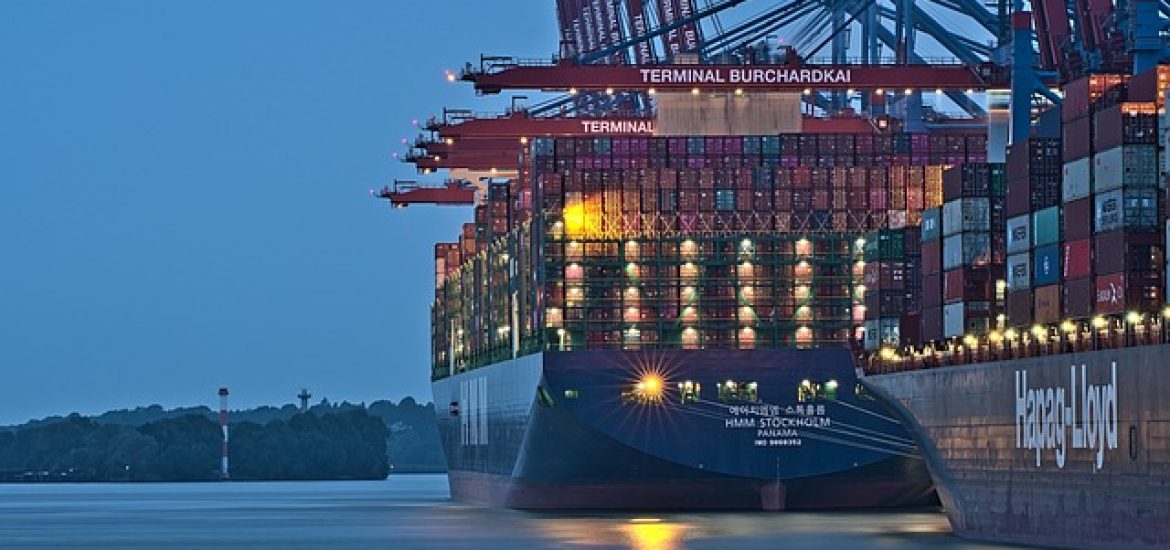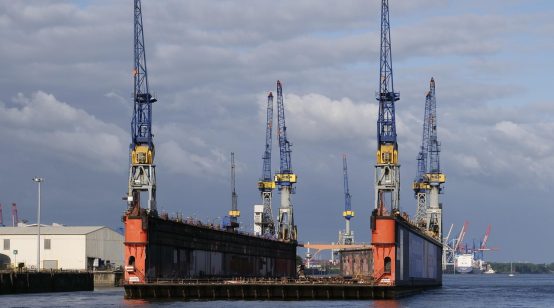
Europe’s economy showed signs of recovery at the beginning of the year, but momentum quickly faltered following a fresh wave of tariffs from the United States. The 20-member eurozone reported a 0.4% increase in gross domestic product (GDP) for the first quarter of 2025, up from 0.2% in the final months of 2024. However, hopes for sustained growth were soon dashed.
Just days after the quarter ended, U.S. President Donald Trump imposed sweeping new tariffs, including a 20% duty on goods imported from the European Union. This aggressive trade stance has dampened confidence across Europe, especially given the continent’s reliance on exports, with the United States being its largest single trading partner.
While President Trump later introduced a 90-day pause on some of what he has called “reciprocal” tariffs—designed to reflect what he sees as unfair treatment of the U.S.—many key tariffs remain in place. This includes a 25% levy on steel, aluminum, and automobiles, applied broadly to all trading partners, including European manufacturers.
These measures have introduced uncertainty into the European market, causing both business and consumer confidence to dip. According to recent data, the European Commission’s economic sentiment index dropped to 93.6 in March, its lowest reading in over three years. Economists see this downturn in sentiment as a clear signal that tariff tensions have undercut the eurozone’s fragile recovery.
Carsten Brzeski, global macroeconomic analyst at ING, noted that the recent upswing in optimism had been abruptly reversed by trade tensions. “Without a significant shift in U.S. trade policy, the eurozone is likely to experience ongoing economic drag,” he said.
Before the tariff upheaval, Europe had several reasons for cautious optimism. The labor market remained strong, with unemployment steady at a low 6.1%, and inflation had eased to 2.2%, providing some relief for consumers. This economic backdrop encouraged the European Central Bank to continue its monetary easing cycle, reducing interest rates to help stimulate borrowing and spending. The most recent rate cut of 0.25 percentage points on April 17 marked the seventh reduction in this phase of policy support.
Additionally, Germany—the eurozone’s largest economy—had made moves to boost long-term investment. The Bundestag recently passed legislation creating a €500 billion ($570 billion) infrastructure fund, sidestepping the country’s strict debt rules. The fund is expected to be directed toward modernization efforts that could foster productivity and growth across sectors.
Despite these positive steps, Germany’s short-term outlook remains grim. The departing administration of Chancellor Olaf Scholz has lowered its GDP forecast for 2025 to zero, following two years of economic contraction. Germany’s status as a major exporter makes it particularly vulnerable to tariffs, especially in key sectors like automotive and industrial machinery.
With trade tensions showing no sign of abating, analysts warn that Europe may need to prepare for a prolonged period of subdued growth. Unless new trade agreements are reached or existing tariffs lifted, the eurozone’s economic rebound could remain on hold well into the year.





